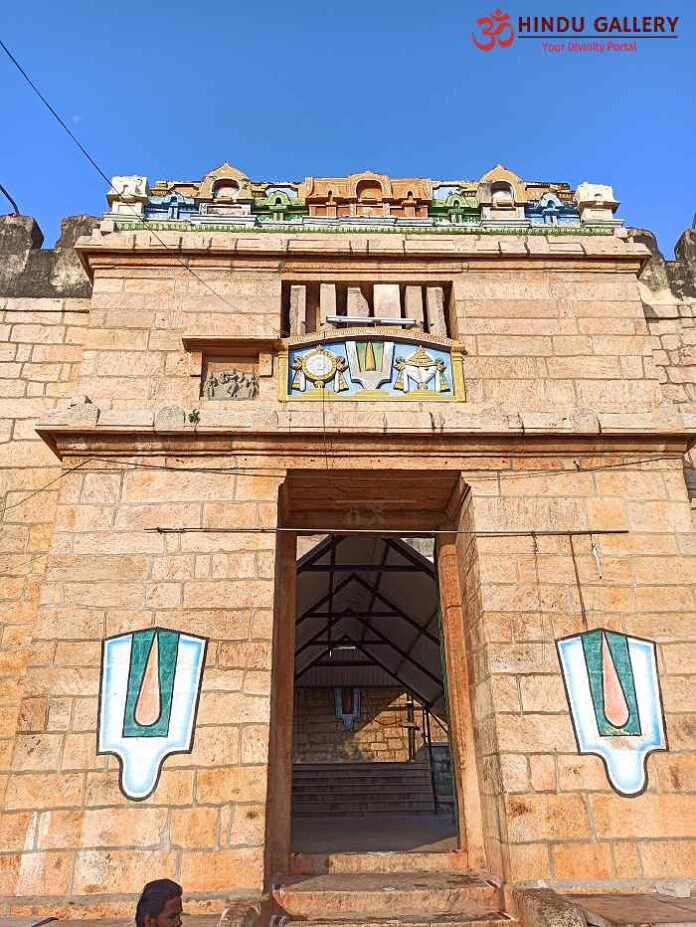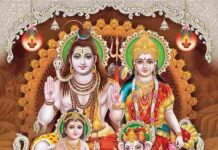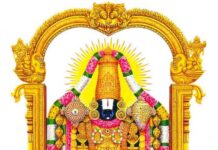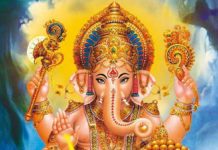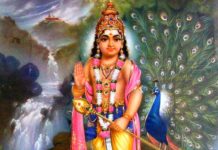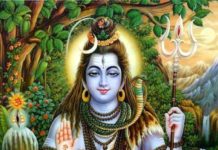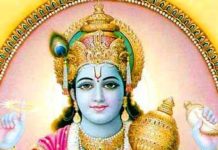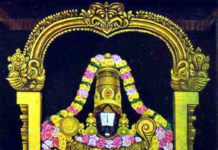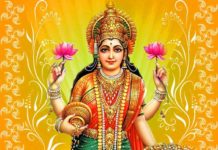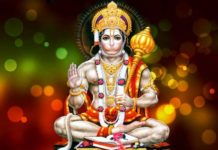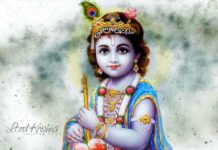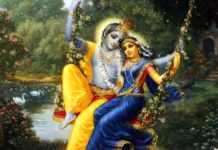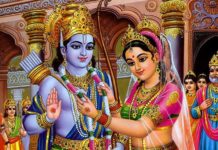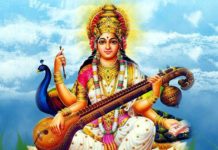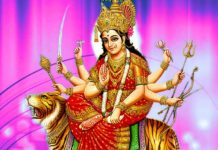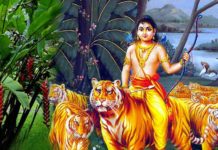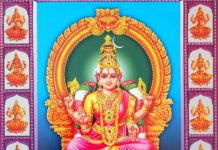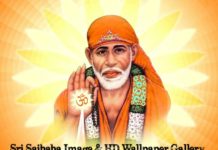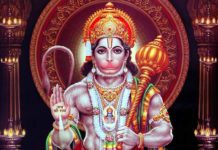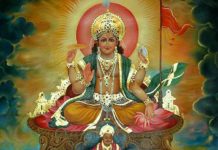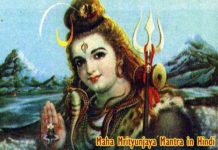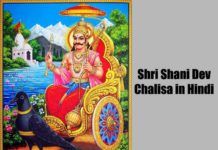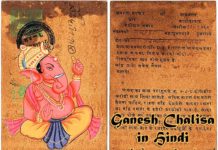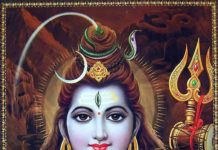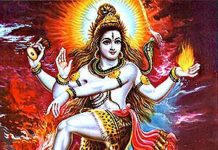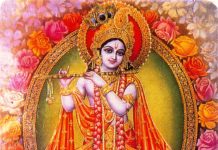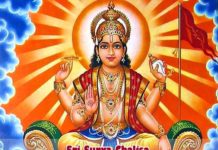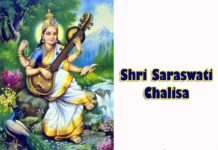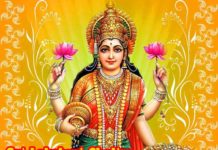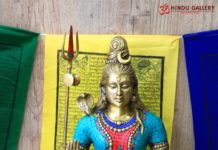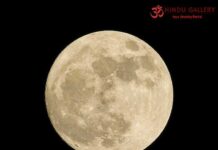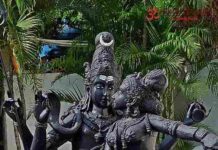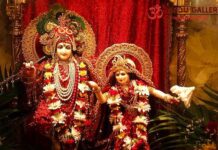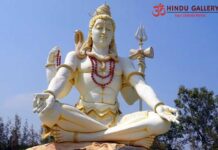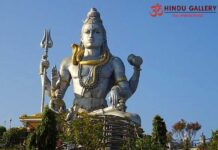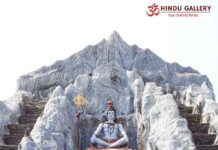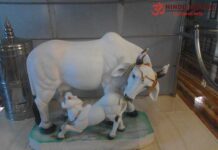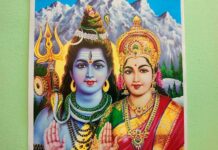Sri Pundarikaksha Perumal temple is ascribed to Sri Maha Vishnu. It is situated at the village named Thiruvellarai. This place is 27 Kilometers away from Thiruchirappalli (Trichy) town enroute Thuraiyur in Tamil Nadu. This temple is one of the 108 Divya Desams sung and praised by the Alwars. Thiruvellarai is the birthplace of Sri Uyya Kondar, the disciple of Sri Nadha Munigal.
Sri Pundarikaksha means “eyes likened to lotus”. Sri Perumal is called as “Sri Senkamala Kannan”. His consort Lakshmi Devi is called as Sri Pankajavalli / Sri Senkamala Valli Thayar.
Sri Pundarikaksha Perumal temple – Origin
Vellarai means “white rock”. This place was originally abundant with white rocks. The other name for this place is Swetha Giri.
It is believed that the temple was built by Shibi Chakravarthy. The exact year of initiation could not be ascertained. This is much older than Sri Rangam temple. There are two rock cut caves purportedly belonging to the period of 8th Century AD. The temple premises were said to be heavily damaged during floods in the 12th Century AD and later re-built.
Depictions
There are depictions supposedly pertaining to Pallava period as well. Sculptures of Sri Narasimha and Sri Varaha said to be belonging to Pallava era are available.
Sri Pundarikaksha – the associated story
The highlight of the legend is that Sri Mahalakshmi is given prominence in this temple rituals. This importance is as pronounced and prescribed by Sri Maha Vishnu Himself.
Sri Maha Vishnu and Sri Mahalakshmi conversation
As per the legend, Sri Maha Vishnu and Sri Mahalakshmi were conversing in Sri Vaikuntam. Sri Vishnu had praised Lakshmi and attributed all the prosperity in the Universe to Her presence. Pleased with Her, He offered Her a boon.
Maa Lakshmi was happy. She said that She was content with residing in His heart. However, She expressed the desire to have more from the cosmic ocean, Her birth place.
As the cosmic ocean itself was full of Sri Vishnu Himself, He told Her that He could not grant Her anything more there.
So, He asked Her to go to earth. He directed Her to do the penance. He also promised that Her wishes will be fulfilled when He gives darshan to Shibi Chakravarthy. She came down to Thiruvellarai and did Tapas.
Shibi Chakravarthy and Sage Markandeya
Emperor Shibi was camping at Thiruvellarai along with his warriors. He was on his way to fight Asuras especially Ravan. A white swine kept disturbing him and his army. Perturbed, he chased it.
The boar hid itself in an anthill. Near that place, he saw Sri Markandeya Maharishi doing penance. He saluted him and told him about the pig.
The Sage asked the King to fill the anthill with milk. He did so. Then, from the hole, they saw the appearance of Sri Maha Vishnu. The King and the Sage were elated to have the darshan of Sri Maha Vishnu for a few moments.
Even Sri Mahalakshmi, who was doing Tapas there, had the darshan. Sri Vishnu told Her then that only She would be prominent in this Kshetra. That was His special boon to Sri Mahalakshmi.
Emergence of the temple
Meanwhile, Sri Markandeya told the King not to proceed to kill Ravana. He further told that the Lord Himself would kill Ravana in His later avatar.
The King was frustrated. He sought guidance from the Sage for the next course of action as he had come a long way.
The Sage then advised the King to build a Vishnu Shrine in the place as he was blessed with His darshan. He also asked him to bring 3700 Vaishnavites from North to do the rituals.
The King brought the 3700 Vaishnavites and started building the temple. However, one of them died on the route. When the King was worried about the reduced number, Sri Vishnu Himself has appeared as Sri Pundarikaksha; He asked the King to consider Him as the missing person.
Thus, the temple was said to be initiated. This temple is also called as Sri Swetha Varaha Kshetram as the Lord initially appeared in the form of white boar.
Other related stories
As per another belief, Lord Shiva, as Sri Neelivanseswara had also worshipped Sri Pundarikaksha to alleviate His action of plucking one of the five Heads of Sri Brahma.
As per another legend, a Yogi named Pundarika was worshipping Sri Vishnu with the Tulsi leaves which were grown there. Sri Vishnu was pleased with his prayers and granted darshan to him.
Tanks of the temple
There are seven tanks attached to this temple. They are called Divya Theertham, Kanda Kshree Theertham, Theertham, Chakkara Theertham, Pushkala Theertham, Padma Theertham and Varaaha Manikarnika Theertham. Of these, six are inside the compound.
The other tank in swasthika shape is outside the temple. It has four ways each with many steps. It is believed that it was built by the King Kamban Ariayan around 800 AD.
Scriptural references
Sri Peyalvar and Sri Thirumangai Alwar had sung the reverence of this kshetra in Sri Naalayira Divya Prabandham. This temple is also considered as Uttama Kshetram and Hita Kshetram. Sri Vedanta Desikar also had revered the temple in His Hamsa Sandesam.
Sri Ramanuja had stayed here for twelve years while composing Sri Bhashyam.
Structure of the temple
The entry through Rajagopuram is not accessible as it is closed.
Rajagopuram
The main entrance Rajagopuram remains unfinished. At the entrance, there are 18 steps. They depict the eighteen chapters of Srimad Bhagavad Gita. Apart from this, there are four steps under the Gopuram. They represent the four Vedas.
After balipeedam, there are five steps representing the pancha boothas namely air, water, fire, sky and earth.
As the Rajagopuram is very much in the ruined state, the gate here is closed. A huge compound wall runs alongside Rajagopuram. One has to take left from the Rajagopuram and reach the other gate entrance in the side street.
Temple entrance
From here, it is evident that the compound houses a massive structure.
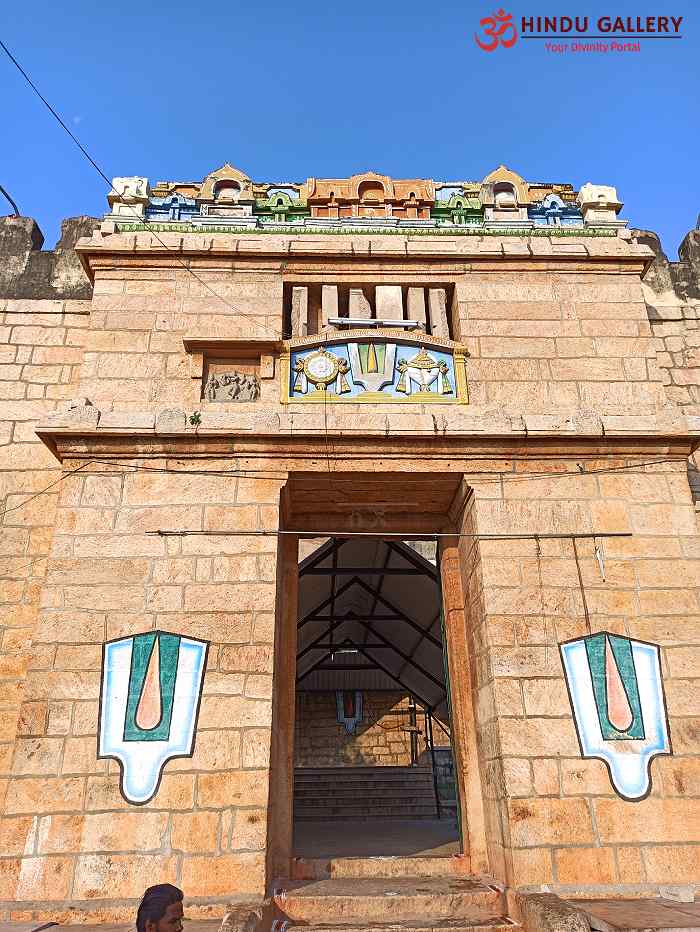
On reaching the entrance, there is an indication for the devotees for the path to be taken by them. Inside the compound, the place appears like a fort.
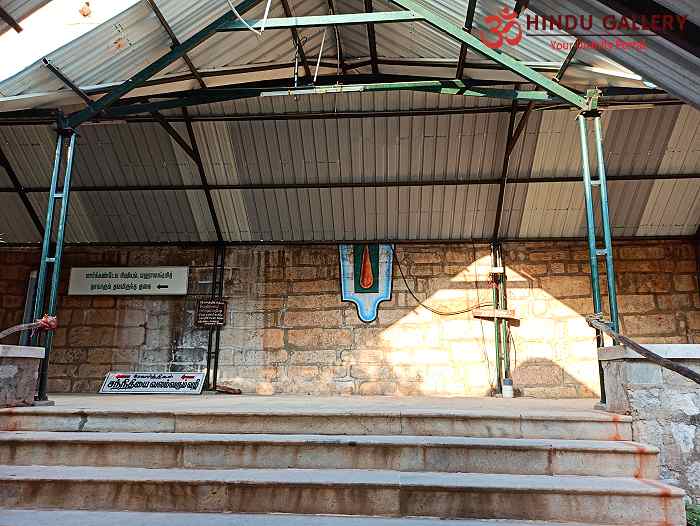
There is a concrete path on the elevated level. The path runs along the compound wall. It is also called as the Parikrama path. On both the sides of the path, there is lush greenery.
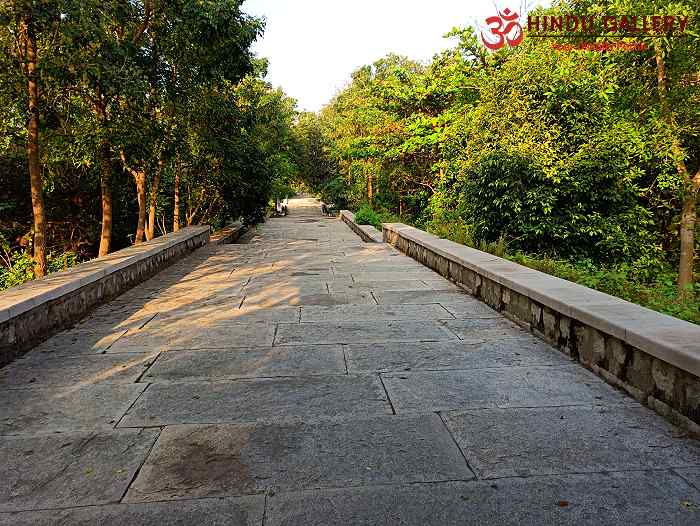
At the end of the stretch from the entrance, we have to halt. At this place, if we shout “Rama”, we can hear echo of “Rama” twice. We should then take the path as it runs along the next side of the compound.
Sri Mahalakshmi cave
Along the path, on the right side, we can see the cave in which Sri Mahalakshmi was believed to have done penance.
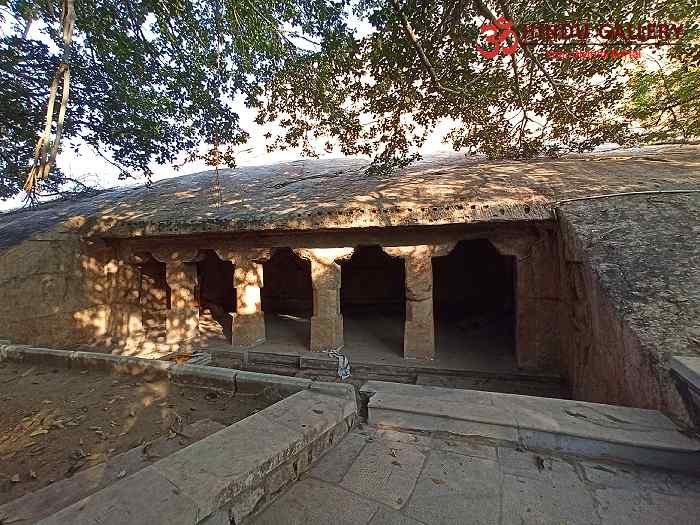
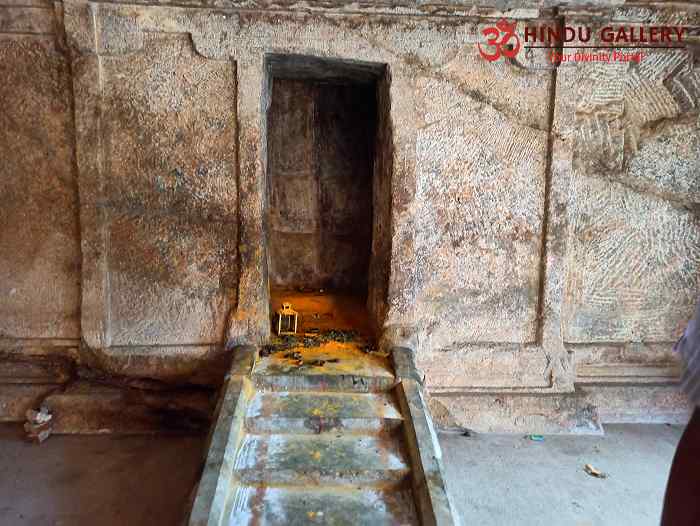
On resuming the parikrama path, the backside wall of the compound with a small gopuram structure is seen. The other rock cut cave may be available this side. But it is not accessible.
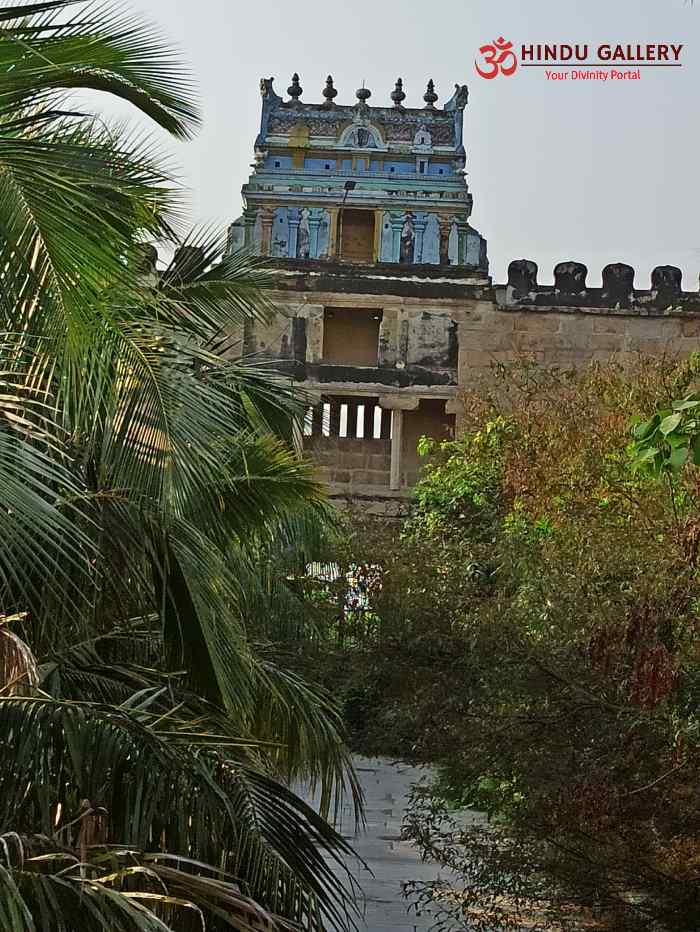
At the end of this stretch, we should halt. If we shout “Rama” from here, we can hear echo of “Rama” three times. We should then take the path as it runs along the next side of the compound.
From this place, the structure of the main sanctum is visible. It appears like a small fort.
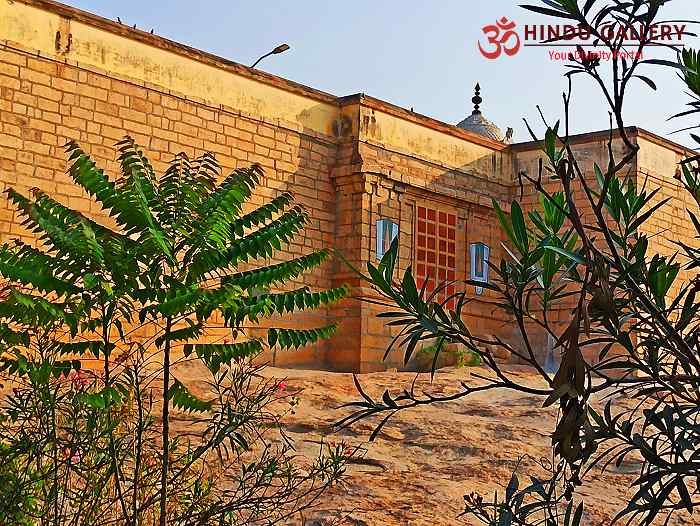
Once we reach the end of the stretch, we should turn on the path which runs along with the compound.
This time, we are in the Rajagopuram side. We can sight the backside of the Rajagopuram. In this path, there are two tanks.
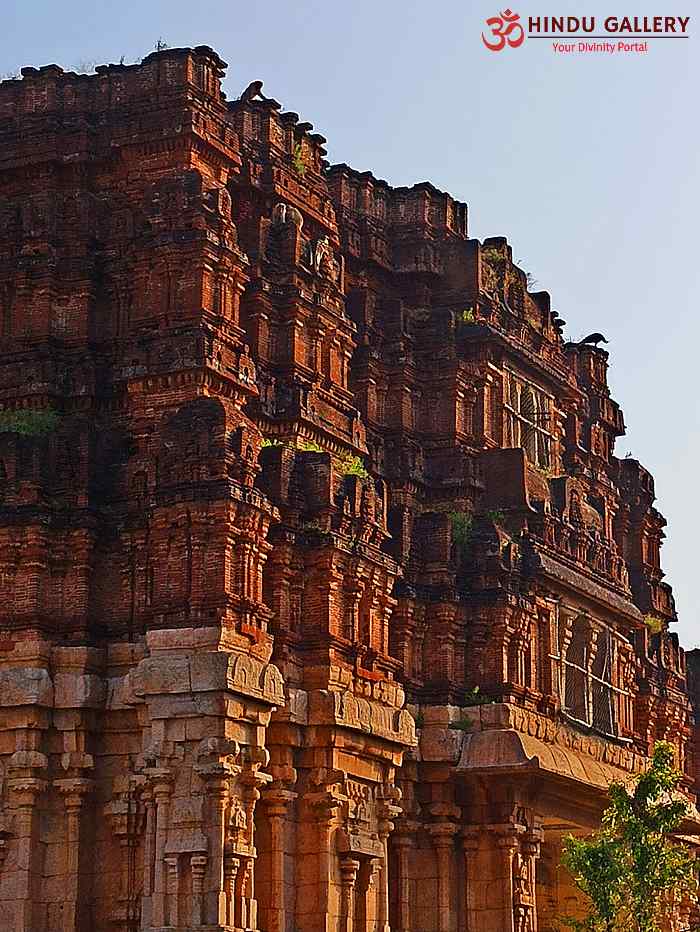
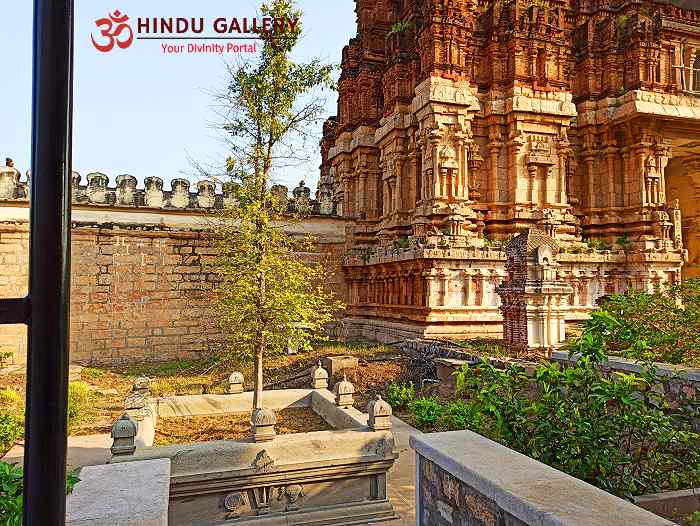
In line with the Rajagopuram entrance, the entry for the main sanctums is situated.
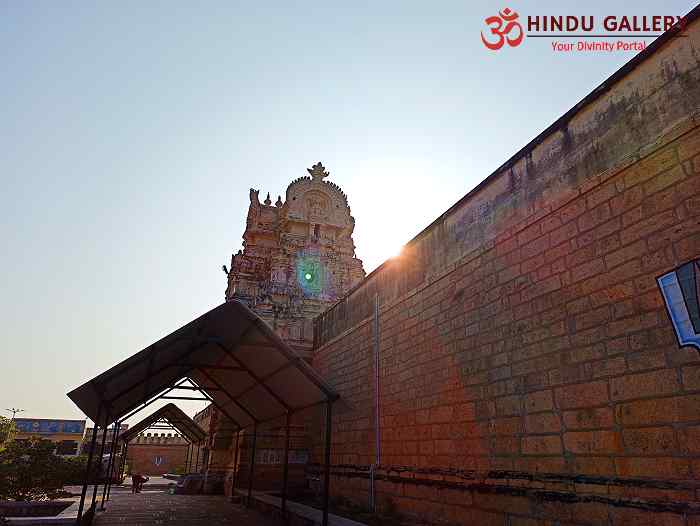
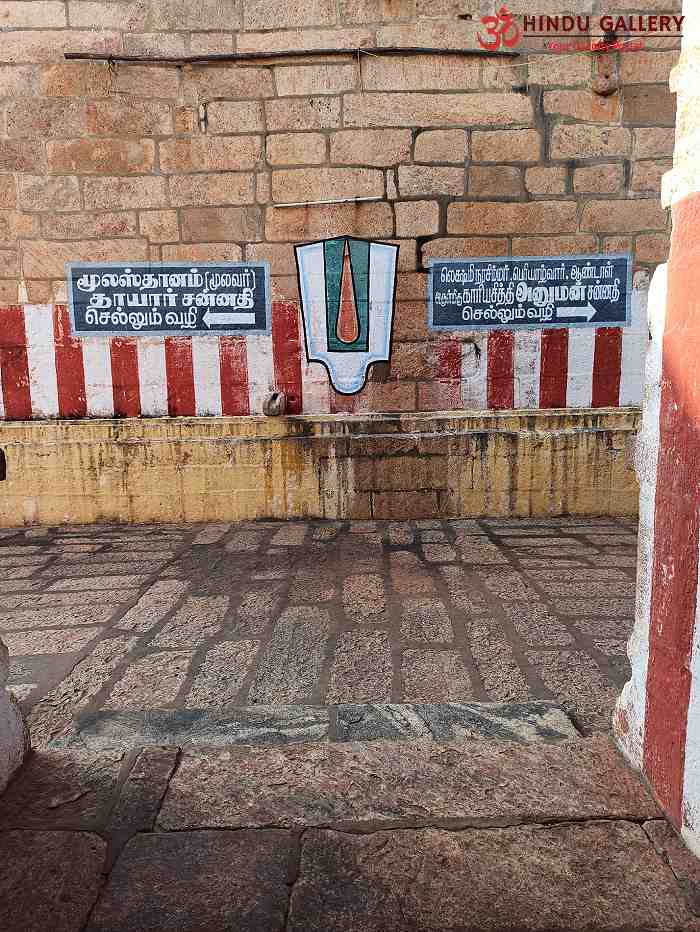
Sri Pundarikaksha Perumal Shrine entrance
On the right side, there are two entrances depicting two periods of time. One is Uttrayana door. The other is Dakshinayana door. According to the time of the year, only the appropriate entrance is kept open.
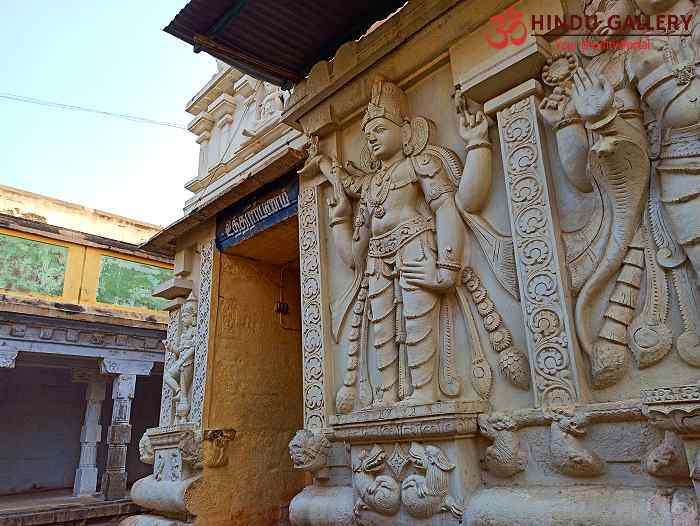
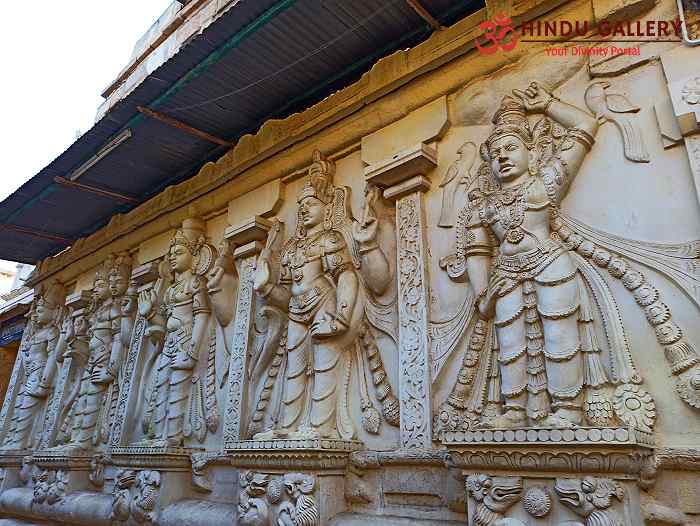
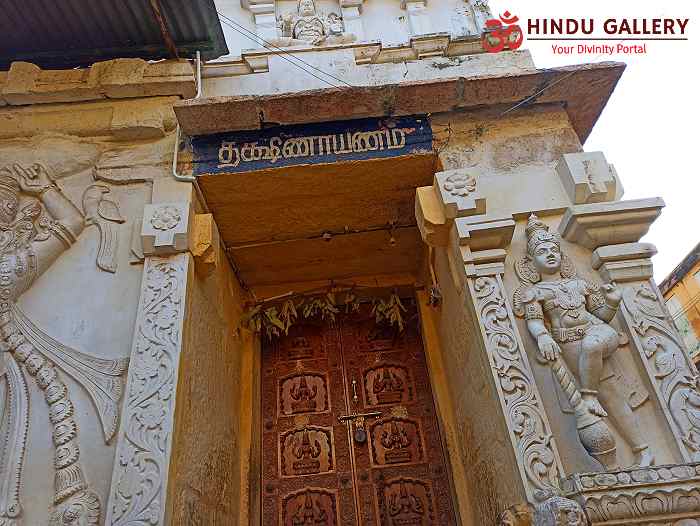
During Uttrayana, Sri Perumal is called as “Thai maatha Nayagan”. During Dakshinayana, He is called as “Mayavan”.
Wall paintings and sculptures
From the door, we have to mount the steps. At the top, on the right side, the pictorial depiction of Sri Pundarikaksha Perumal exists.
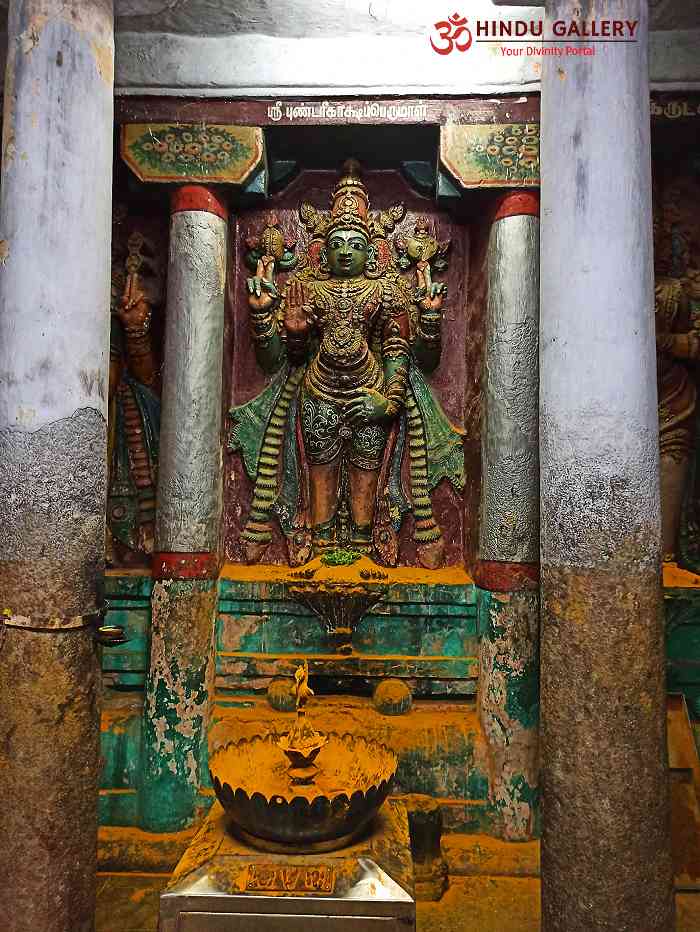
If we walk along the wall, there is another depiction on Garuda’s realization of his position. This incidence is described as ”Garuda garva bangam”.*
*(Garuda and snakes are known to oppose each other. As per Brahma Puran, there was a Nagalok resident named Ananth. He had a son Maninaga. Due to his nature, Maninaga was scared of Garuda. So, he did penance to Lord Shiva. Lord Shiva granted him the boon that Garuda cannot harm him.
Armed with this boon, Maninaga was fearless of Garuda. This irked Garuda. So he abducted Maninaga and imprisoned him. Incidentally, Maninaga was also the friend of Sri Nandi Deva, the vahan of Lord Shiva.
As Nandi Deva could not see his friend Maninaga for long, he complained to Lord Shiva. Lord Shiva directed him to Lord Maha Vishnu.
Nandi Deva went to Vaikuntam and prayed to Sri Vishnu for the release of Maninaga. Sri Vishnu summoned Garuda. He asked him to release Maninaga. Garuda was reluctant but obliged.
He complained to Maha Vishnu “Lord Shiva takes care of His people and vahan. I am helping you in every war. You win all the wars because of me. However, you do not pay heed to my feelings”. Sri Vishnu laughed.
He then said “Garuda, what you say may be true. Let me place my little finger on your head. I will see for how long you can bear the weight”. Saying so, He placed His little finger on Garuda’s head.
Garuda could feel his head crushing and his body shrinking due to the weight of His finger. He had realized his folly. He apologized to Sri Vishnu. Sri Vishnu lifted His finger. Still, Garuda could not get his figure back.
He surrendered to Sri Maha Vishnu. Sri Vishnu directed him to seek the advice of Lord Shiva. Garuda went to Lord Shiva. Lord Shiva advised him to take dip in the Gowthami Ganga river for 15 days. He did so and his old shape returned to him.)
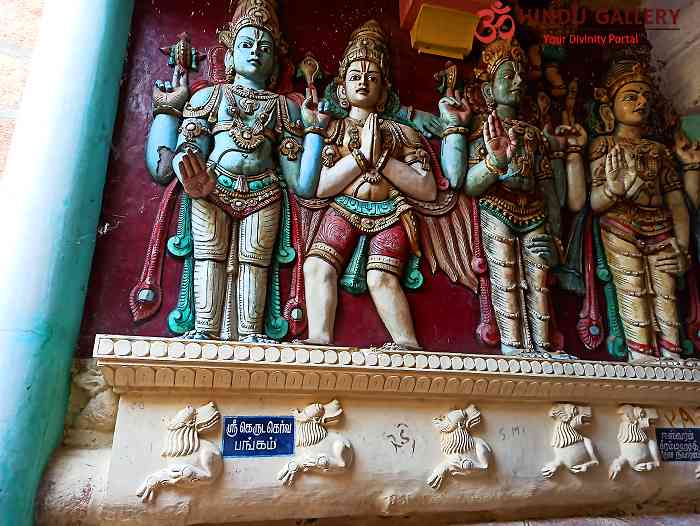
There is also the depiction of Lord Shiva having Darshan of Sri Pundarikaksha to remove His Brahma hatti dosha.**
**(As per Brahma Puran, once there was a fierce war between Devas and Asuras. Devas were devastated and went to Sri Brahma for guidance. Brahma at that time was having five heads. While four were normal, the fifth one was the donkey head.
He asked them to approach Lord Shiva with respect to winning over Asuras. The Devas worshipped Lord Shiva and asked for His help. He took pity on them and instantly plunged into war with Asuras. He was doing a lone and fierce fight.
Even His sweat droplets took the form of Mathris which were Shiv ganas. Both Shiva and Mathris chased away the Asuras across all the worlds.
At that time, Brahma and the Devas were staying at the banks of Ganges. When Brahma sighted the fleeing Asuras, His fifth donkey head, on its own volition, called the Asuras. It told them “why are you running away? Come on. Fight the Devas”.
The Devas were shocked and dismayed that though Brahma was on their side, His fifth head was supporting Asuras. They ran to Sri Maha Vishnu for help.
Sri Maha Vishnu Said ”I can easily pluck the donkey head. The problem is that if it falls down, the entire universe will get destroyed. That’s why I’m hesitating. So please go to Lord Shiva for help.”
They again ran back to Lord Shiva. He told them “I will pluck Brahma’s fifth head and keep the skull in my hand. Don’t worry.”
He duly plucked the donkey head. As He had killed a head of Brahma, Lord Shiva was afflicted with Brahma hatya dosh. To alleviate the dosh He had the darshan of Sri Vishnu)
Apart from these, scenes from Sri Krishna’s life are also depicted as sculptures in the pillars.
The paintings and the sculptures are said to be commissioned by Vijayanagara and Nayak Kings. Most of the inscriptions are in Telugu.
Once we reach the sanctum, we can see Sri Pundarikaksha Perumal facing east. He has four hands. The Chakra in His top right hand is slightly titled as if it is ready for striking. It is called Prayoga Chakra. He has Shank in His left upper hand. He shows abhaya hastha, i.e protecting gesture.
There are two Deities with garlands in their hands depicted on the wall. They are the Sun and the Moon. Alongside Sri Perumal, Sri Adi Seshan and Sri Garuda are depicted. Even Sri Markandeya Maharishi and Shibi Chakravarthy are present. Urchava Murthy is with Sri Devi and Bhu Devi.
The gopuram structure over the main sanctum is called as Vimalakruthi Vimanam.
Sri Thayar Sannidhi
After having peaceful darshan of Sri Perumal, we come out of the sanctum to reach Sri Senkamala Valli Thayar Sannidhi.
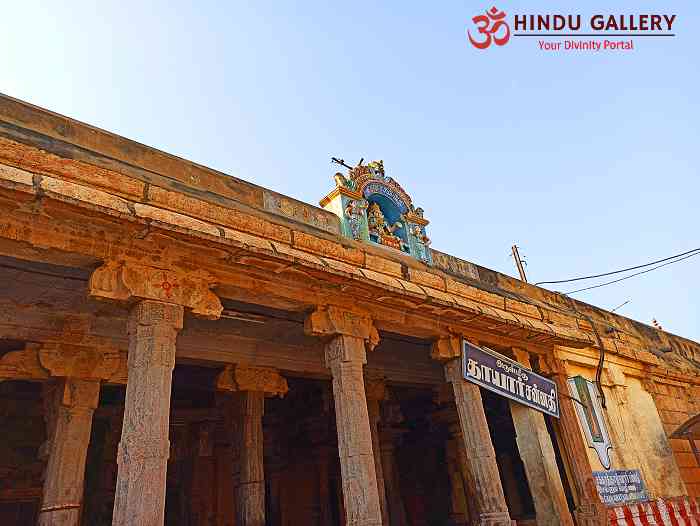
To denote Her prominence, She holds a Danda in Her hand. Urchava Thayar murthi is also present here.
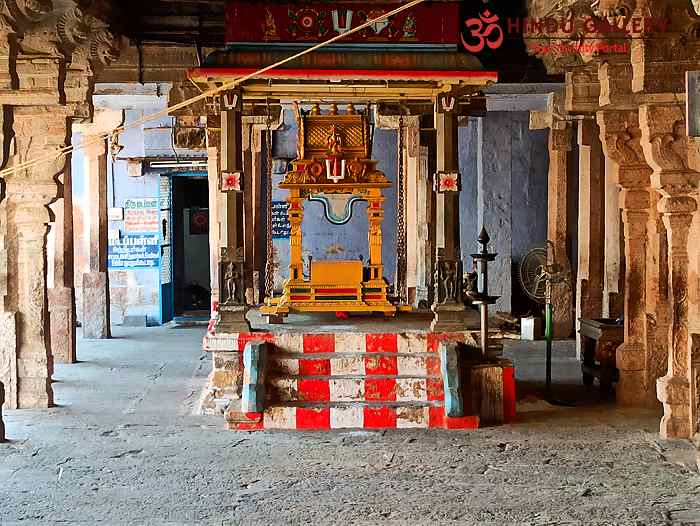
After darshan at Thayar Sannidhi, we can see the Unjal Mandapam right opposite the Sannidhi.
Other Sannidhis
If we walk along the wall, we can see Sri Narasimhar and Sri Karya Siddhi Anjaneyar Sannidhis. Sri Sudarshan is in a separate sanctum. At the backside of Sri Sudrashan, we can see Sri Yoga Narasimha Swamy.
It may be noted that there are dedicated Shrines for Sri Garuda, Sri Alwars, Sri Ramanujar, Sri Nadha Muni and Sri Uyya Kondar.
On completion of the darshans, we once again come to the outer path. If we walk along the path, we come back to the entrance.
Bilva tree is the Sthala Vruksham here.
Rituals and Festivals
Daily Pujas are done according to the sessions (morning, afternoon and evening).
The following are the major festivals:
-Chithrai Festival in April-May
-Gajendra Moksham festival
-Avani Srijayanthi in August – September
-Panguni Bramhotsavam
Apart from the above, Vaikunta Ekadashi and other Sri Vishnu related festivals are celebrated here.
Sri Mahalakshmi as Sri Pankajavalli Thayar is given prominence in all the processions including Bramhotsavam. Perumal Chariot appears only behind Thayar Chariot.
Temple opening time
The temple is open from 8.00 A.M to 1.00 P.M and from 4.00 P.M to 8.00 P.M. Timings may differ on festival days.
For all Vishnu-Bhakts, visiting Thiruvellarai Sri Pundarikaksha temple is considered vital in the lifetime. The famous adage in Tamil is திருவெள்ளரை கண்டீரோ – திருவெள்ளரை கண்டேன் ஐயா is exchanged among themselves. It means “have you visited Thiruvellarai – yes I have visited Thiruvellarai”.
The ambience in this temple premises is quite breath taking, calm, quite and tranquil. The positive vibes inside the temple are to be experienced to be believed. Really an excellent place of worship for meditation and for inner peace.
How to reach the temple
From Trichy, buses can be taken. Cab services are also available. Sufficient time should be alloted for leisurely going around the Parikrama path before entering the main sanctums. The Pujaris sincerely explain to us about the Kshetram, Deity and the rituals.


